Landscaping
-
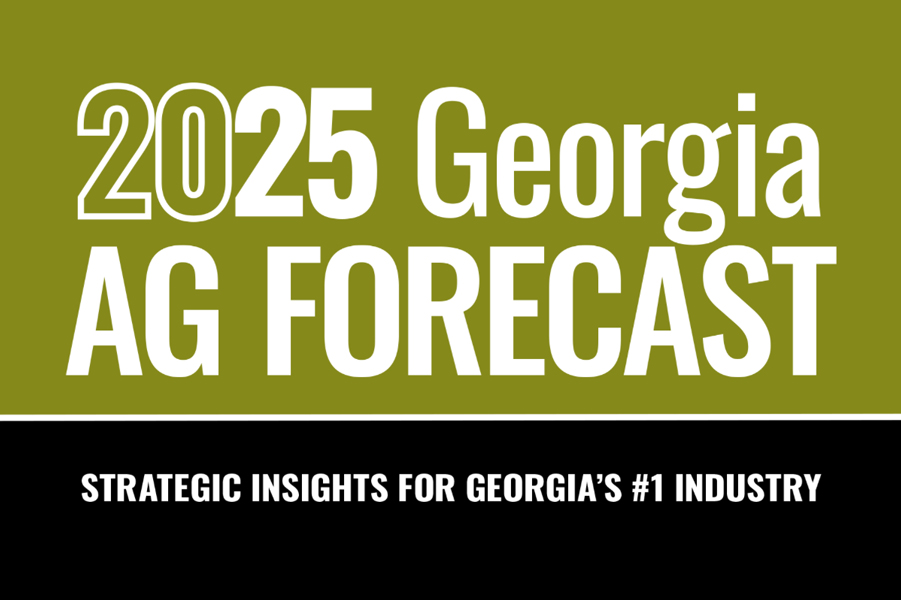
AP 130-3-12
Green Industry 2025
1. 2024 was a good year for many green industry firms, though Hurricane Helene mitigated these positives for many growers.
2. There are many unknowns going into 2025 that will impact green industry sales, including higher inflation and interest rates, mixed signals within the economy, increased input costs, and the varying strength of the housing market in Georgia.
3. Green industry demand is expected to have stable to moderate growth with increased prices, which will result in comparable average sales for 2025 compared to 2024.Ben Campbell
|
-
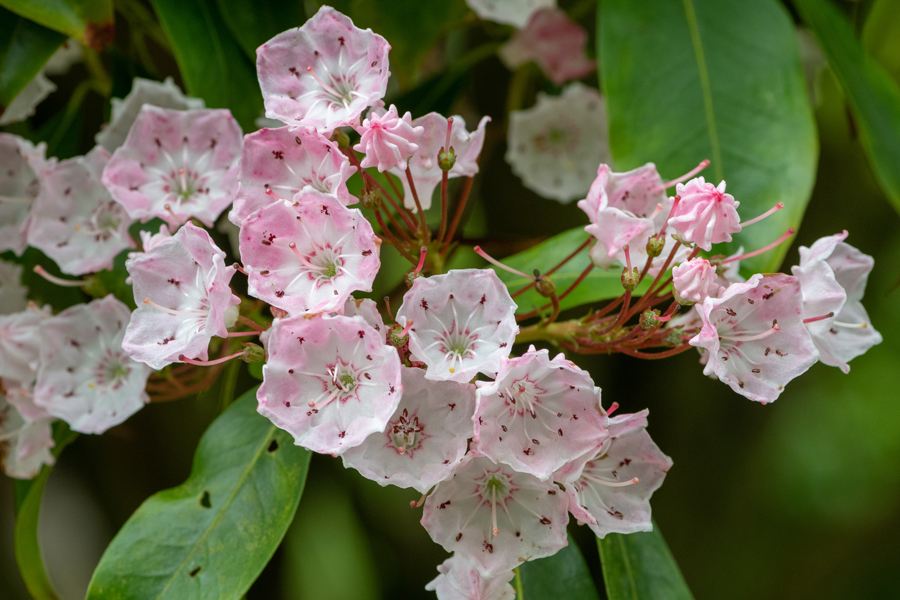
This publication includes a list of good plants for Georgia organized into various sizes and groups. The design qualities of plants—their form, size, color and texture—are emphasized according to the principles and requirements of good landscape design and plant maintenance. Hardiness and disease and insect resistant qualities are also considered.
Sheri Dorn
|
-

Hort Scape streamlines the bidding process once the user builds a coded database of plants, including common and botanical names, plant sizes, plant costs, and per plant installation costs. Then, using the bid estimator, the user inputs the plant codes and quantities for the plants used on a particularly job, and the associated information on each plant is brought over from the database to the estimator. Other sections of the estimator calculate costs of bed amendments, fertilizers, turfgrass installation, grading, watering, edging, pre-kill with herbicides, plant removal, and clean-up. All these costs are then transferred to a bid summary sheet which shows labor, material and equipment cost for each task performed. The bid summary shows direct job costs, bid price, break-even price, profit on the job and overhead recovery. For more information, see http://www.hort.uga.edu/extension/programs/hortmanage.html
Bodie V. Pennisi
|
-
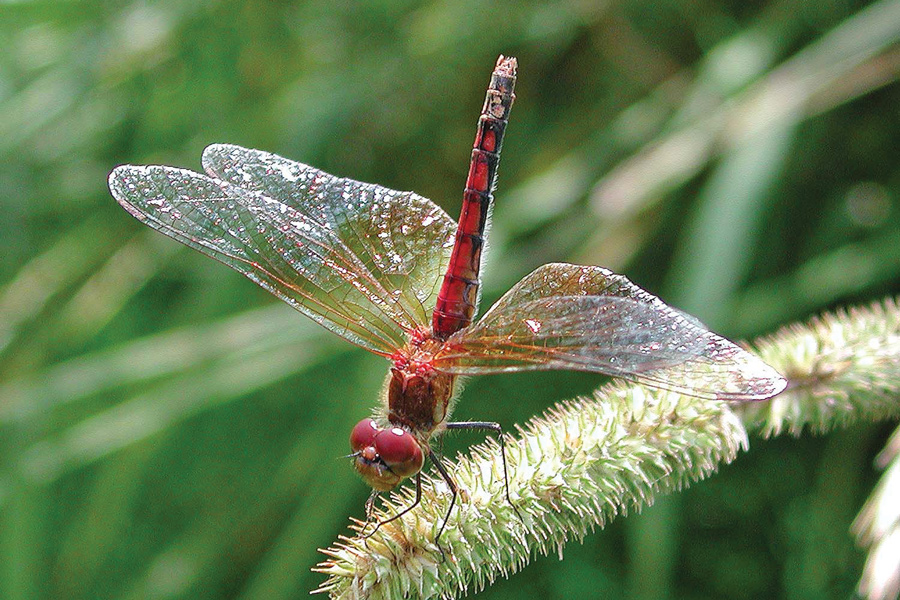
This publication contains photos and descriptions to help identify pests in Southeastern landscapes. Beneficial and pest insects are both included. NOTE: This publication is designed with tabs and cutouts that are not necessarily apparent when printed on a home printer.
S. Kris Braman
|
-
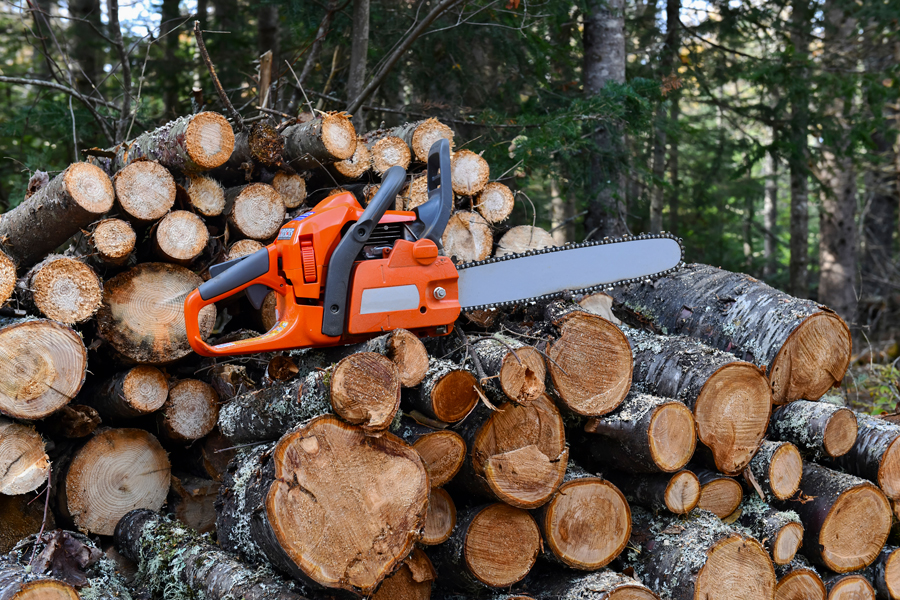
C 1208
Chainsaw Chains and Bars
The action end of a chainsaw, or the part that cuts, is made of the bar and the chain. Chainsaw chains come in many sizes and configurations and not all saws can handle all bars. To make the right choices for the job, a saw operator should be aware of the cutter type, pitch, gauge, and cutter configuration when purchasing a chain or a chainsaw.
Josh Fuder
|
-
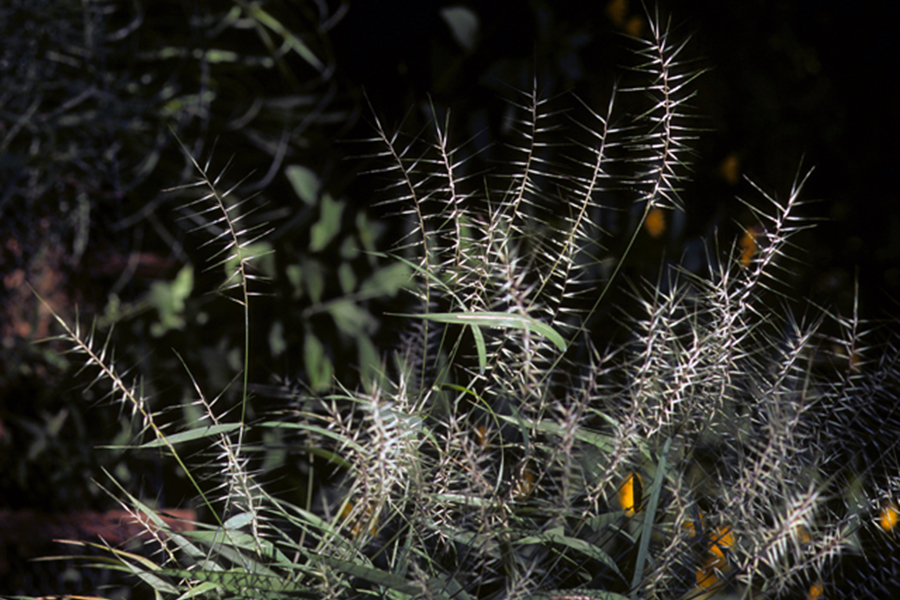
This publication describes and illustrates 48 grasses and 10 sedges native to Georgia. It is not the intent of the authors to
describe all native grasses and sedges, but those that are most widespread or those having practical application for wildlife
habitats, erosion control, restoration projects or landscape culture. A few of the plants are noted as being weedy or
invasive and may not be appropriate for use in cultivated landscapes. Nonetheless, they are included to assist the reader in
identifying them because they are abundant in the wild.Bodie V. Pennisi
|
-

Irrigation systems are used by farmers and homeowners to supply supplemental
water to their crops. At the end of the growing season, the irrigation system should be checked and winterized to maintain proper operation for the coming season.This publication provides a list of suggested things that should by done on both drip and center pivot systems to help protect them during the winter months.
Gary L. Hawkins
|
-
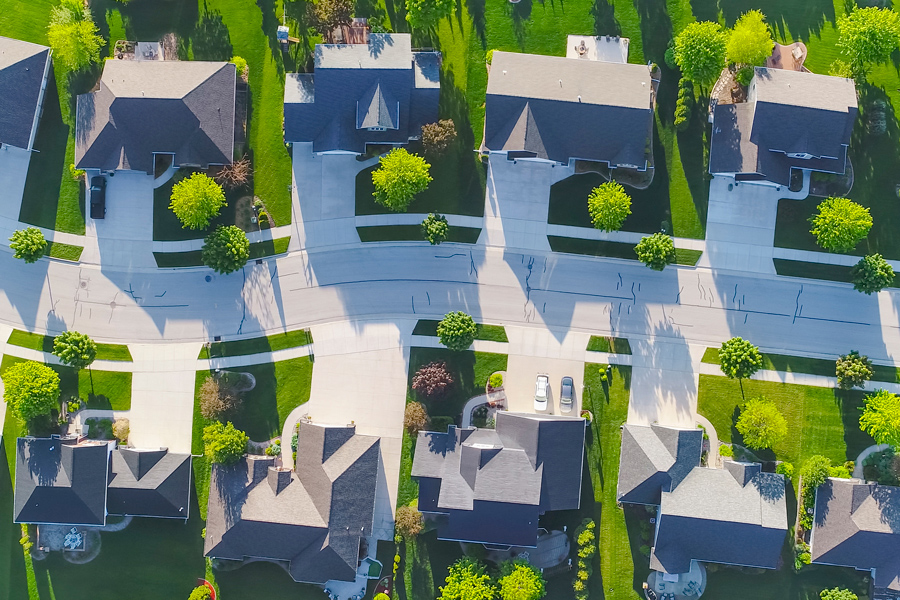
Homeowner associations strive to provide attractive and functional landscapes for HOA members. Your county Cooperative Extension agent is a valuable collaborator in this quest. UGA Extension agents can provide access to university resources and scientific information that may help you manage the community water features, troubleshoot pest problems, update covenants, and more.
Mary Carol Sheffield and Josh Fuder
|
-

La bermuda es una planta perenne de estación cálida ampliamente utilizada para su uso como césped en el sudeste de los Estados Unidos.
[Although improved common (Cynodon dactylon (L.) Pers.) and hybrid bermudagrasses (Cynodon dactylon x C. transvaalensis Burtt-Davy) have desirable qualities as turfgrasses for heat, drought and wear tolerance, bermudagrass is a problematic weed when grown in mixed stands with other turf species. Selective control of bermudagrass is difficult but often warranted in order to maintain acceptable quality of the desired turfgrass species. This publication describes bermudagrass control methods for Southern lawns.]
Patrick E McCullough
|